| Jimmy Talarico | Artist |
From the notebook…
|
Continuing the study of the book Art & Fear by David Bayles & Ted Orland brings us to Chapter 5: Finding Your Work. This is all about honesty and making real things. Or should I say making things real. "In the ideal -- that is to say, real -- artist, fears not only continue to exist, they exist side by side with the desires that complement them, perhaps drive them, certainly feed them. Naïve passion, which promotes work done in ignorance or obstacles, becomes -- with courage -- informed passion, which promotes work done in full acceptance of those obstacles. Foremost among those obstacles is uncertainty." The authors make an interesting assertion on the difference between the art viewer and art maker. Clearly there are limits and liberties to both; for example, art viewers are not limited by place and time. But for art makers, their work will always reference a very specific place and time, a moment. Art viewers are 'moved' by experiencing great art, but art makers are changed through the process of making. And the artist finds honesty and truth in discovering his or her process. Power in art making comes from letting your art express who you are, instead of copying someone else's style or intent. From here the authors discuss the importance of creating a body of work that will end up being an evolution from one idea as opposed to continually finding 'new' ideas. This keeps art makers engaged in the process which will ultimately lead to great creative works. "There's a difference between meaning that is embodied and meaning that is referenced. As someone once said, no one should wear a Greek fisherman's hat except a Greek fisherman." "One of the best kept secrets of art making is that new ideas come into play far less frequently than practical ideas -- ideas that can be re-used for a thousand variations, supplying the framework for a whole body of work rather than a single piece." From here the concepts of form and technique are discussed as a way to suggest how an art maker must stay engaged with his or her ideas. There is a practical side to honing technique. It produces boundaries within our work that allow us to explore a host of ideas within a familiar framework. "The discovery of useful forms is precious. Once found, they should never be abandoned for trivial reasons... The hardest part of art making is living your life in such a way that your work gets done, over and over -- and that means, among other things, finding a host of practices that are just plain useful. Your voice will come through honing the familiar. Only you know what to say about your art, and only you know how to say it. Keep saying it, and sooner or later the art viewer will acquire an ear to recognize your voice.
0 Comments
Quick progress update. The letters are stacked and getting melted onto the canvas. Their height and density show how many letters were written each year and how long each letter was. What's the black stuff? Good question. It's a combination of ash and wax. Really?... Why ash and wax? Another good question. They are both symbolic and functional. You see, my overarching interest with my art right now focuses on Value and Memory. I use ash from burned cardboard and paper waste; fire and burning has always been a metaphor for purity. So it's a way to repurpose something of no value to give it new value. As for the wax, I prefer to use candles I find at thrift stores. Thrift store items are compelling to me. Yes, Melinda does think this is weird. :) But let me explain. Everything in a thrift store was once purchased by someone because they valued it. Then somewhere along the way it was discarded as waste. If you look at candles specifically, they were typically purchased for very special moments: birthdays, weddings, romantic evenings, etc. But at some point they were given up. Why? Was there a death or did a relationship end or did the kids move out of the house? Whatever the reason, it marks a point in someone's life when that purpose for buying the candles lost value. So I like to think that I'm honoring those initial memories by using these materials for art. Specifically for this piece, it's the perfect marriage of concept and material as a way to preserve and display these love letters which may never be discarded.
This week in the book Art & Fear the authors look at our fear of others and how it can hamper our creative pursuits. As artists, we tend to look for two things from others: acceptance and approval.
Architecture has been a great proving ground of this idea in my life. The times I've struggled the most in finding strong conceptual, creative solutions for clients is when I've thought too much about what the client will like instead of simply doing what was right. My best solutions have always come from only focusing on the design issue in front of me and blocking out any anticipation of how anyone will react to it.
Learning how to communicate with your art takes practice and commitment. If you can block out the external "noise" and focus on what your work is saying, you will be satisfied in knowing the idea of exploration has been served.
So how do you find the voice in your work?... We'll look at that next week. So my first client is an engineer. Turns out her husband, for whom this piece is being created, is ALSO an engineer... and I need to make something that is about them and that they will love. Well that sounds easy enough..... Right. :) The solution? I've created a system based on math (probably something fancy like derivatives, whatever those are) that will be used to display these letters. I started with the dimensions of the piece, 18" x 36". Then I took the number of years represented (which is 5, plus a misc. stack of undated letters) and the number of letters in each year (which varied dramatically) to determine that each letter had to be contained in a 3/4" x 4 1/2" block. The third dimension, height would vary based on how many pages were in each letter. Wow... That's all quite a mouthful. But I know my client will most likely check my math and appreciate the "engineering" behind the art. It's just another layer of taking these Memories To Masterpiece. "Fears about artmaking fall into two families: fears about yourself, and fears about your reception by others. In a general way, fears about yourself prevent you from doing your best work, while fears about your reception by others prevent you from doing your own work." -Art & Fear. Chapter 3 in Art & Fear looks at fears about yourself. Generally this comes down to getting out of your own way and giving yourself permission to simply create. We question wether we are really artists or just pretending, do we really have talent, is my message worth telling? Concerning talent: "By definition, whatever you have is exactly what you need to produce your best work... Artists get better by sharpening their skills or by acquiring new ones; they get better by learning to work, and by learning FROM their work. They commit themselves to the work of their heart, and act upon that commitment. So when you ask, "Then why doesn't it come easily for me?", the answer is probably, "Because making art is hard!" What you end up caring about is what you DO, not wether the doing came hard or easy." An example is given in the text where a ceramics teacher divides his class into two groups. One group would simply focus on quantity while the other group would only focus on quality. The results were that "the works of highest quality were all produced by the group being graded for quantity." Good work doesn't come from trying to produce one great piece. It comes from struggling and learning from many pieces. The authors' conclusion is that quantity of production will get you through these self esteem issues. Do more work. And while you're doing your work know that greatness will not always come quickly, but it will eventually come. Success with art (however you define it) is a lot like finding aces in a deck of cards: you know there are four in there, but you don't know how many cards you'll need to flip before you find them.
Will you decide to just keep flipping? |
Jimmy & Melinda TalaricoFrom here you can read our opinions on our industry, updates on our work, and pretty much anything else we'd like to discuss. Dialog is appreciated so please comment! Archives
August 2023
Categories
All
|
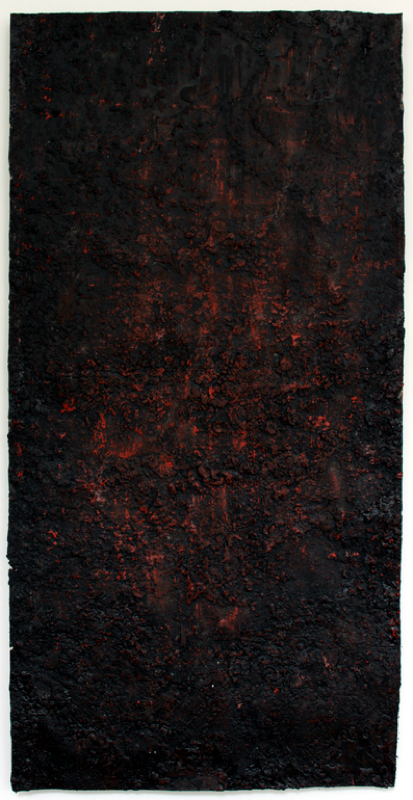
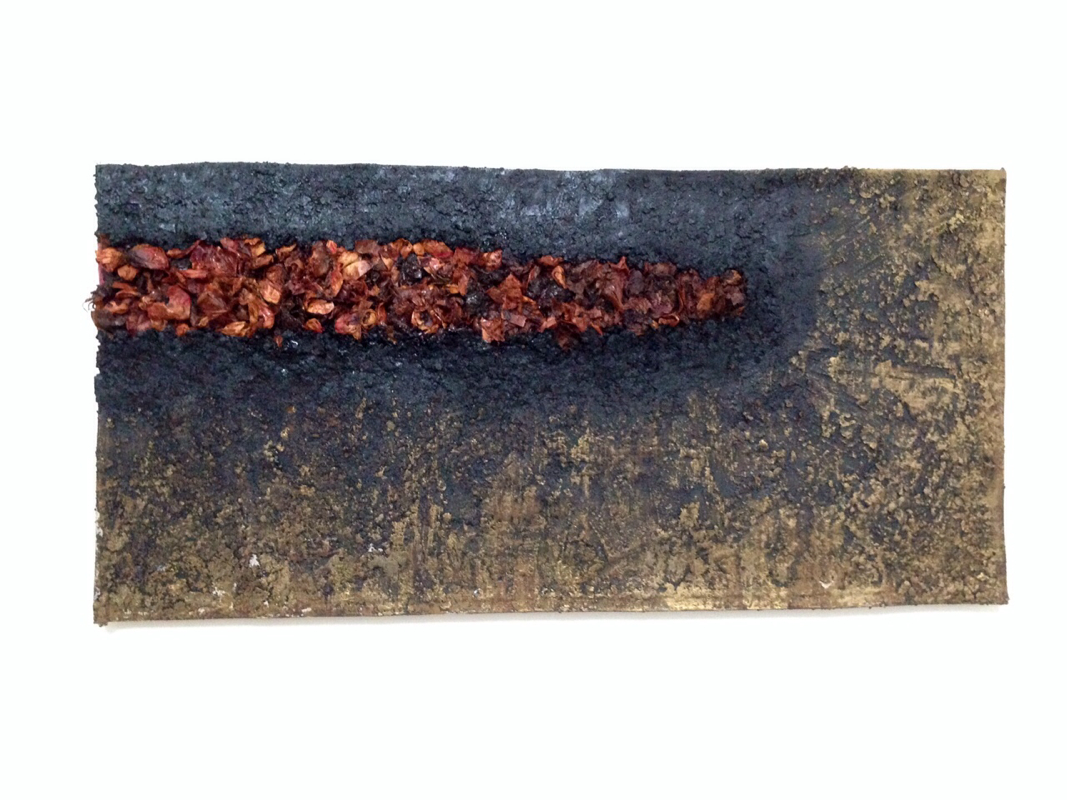
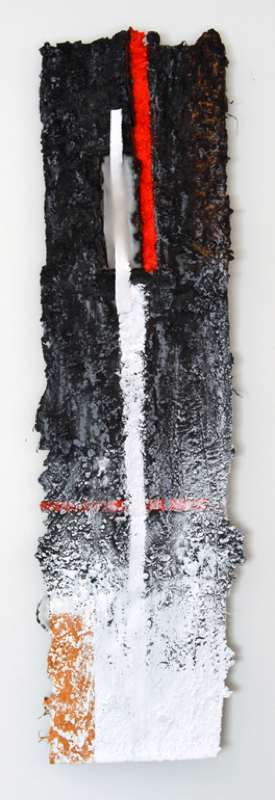
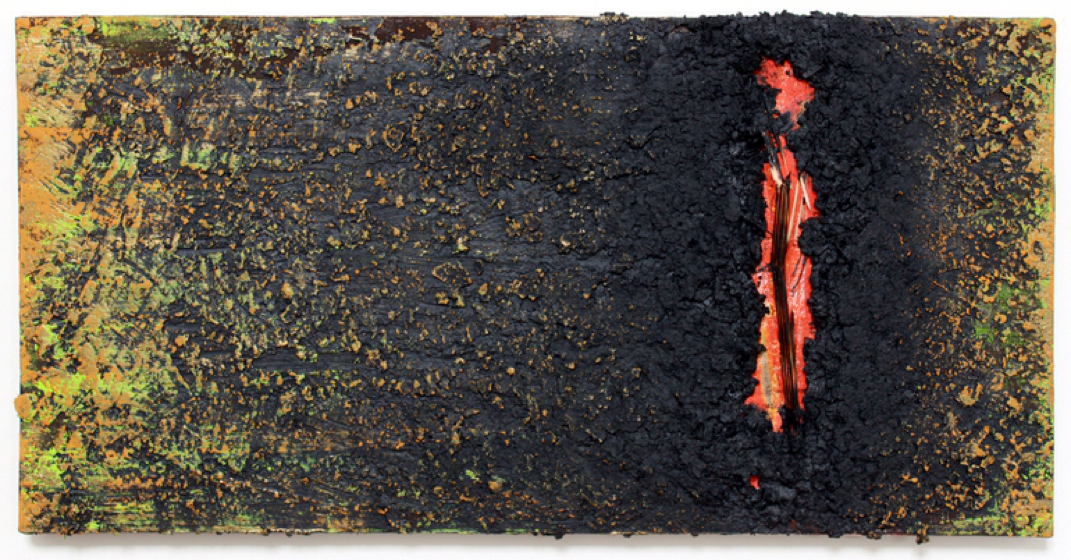
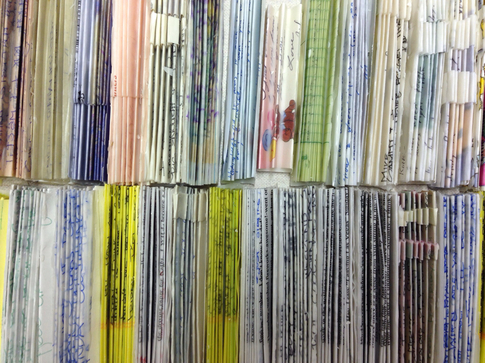
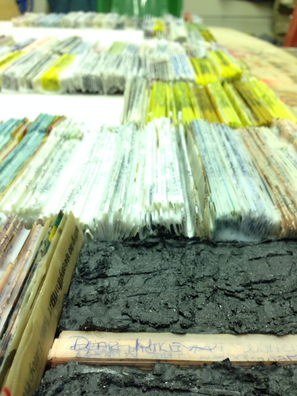
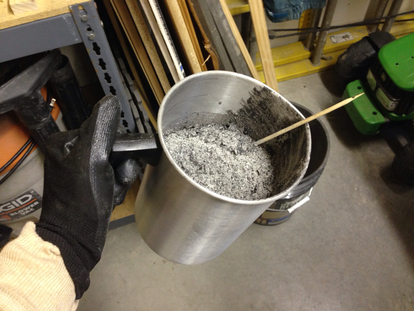
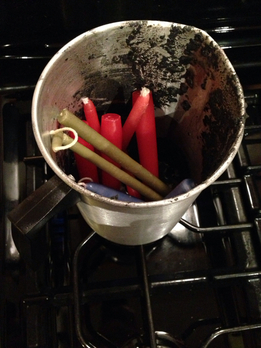
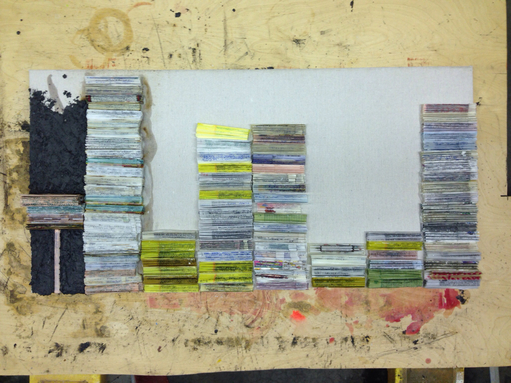
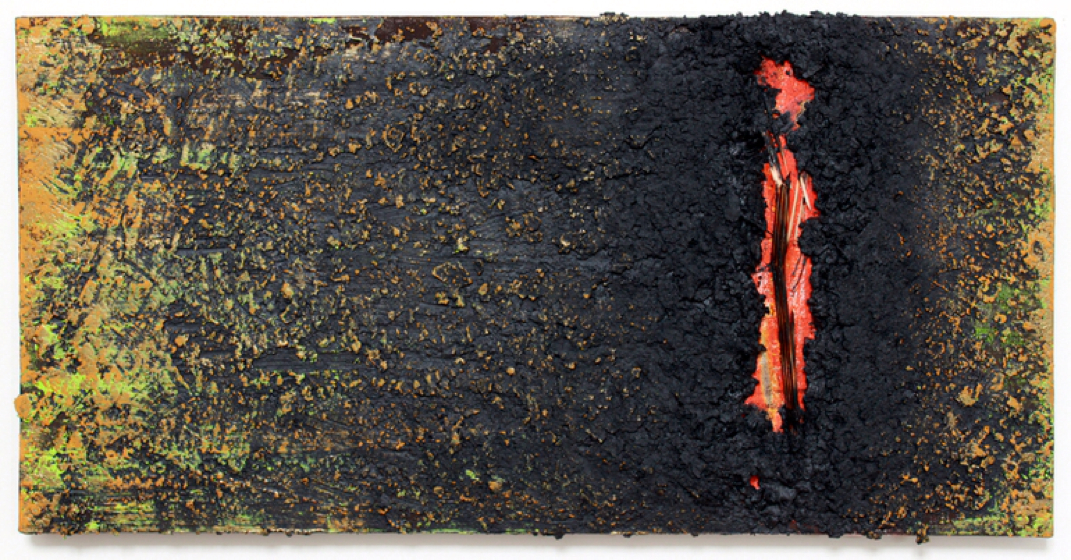
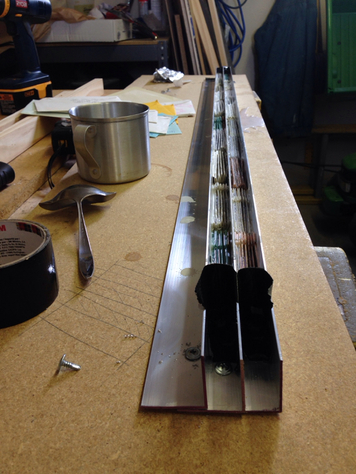
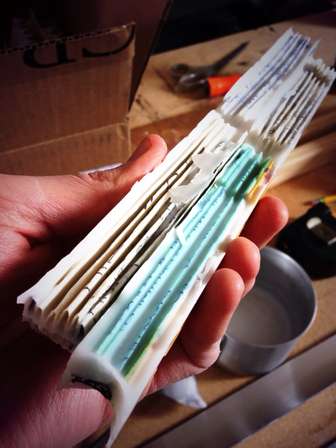
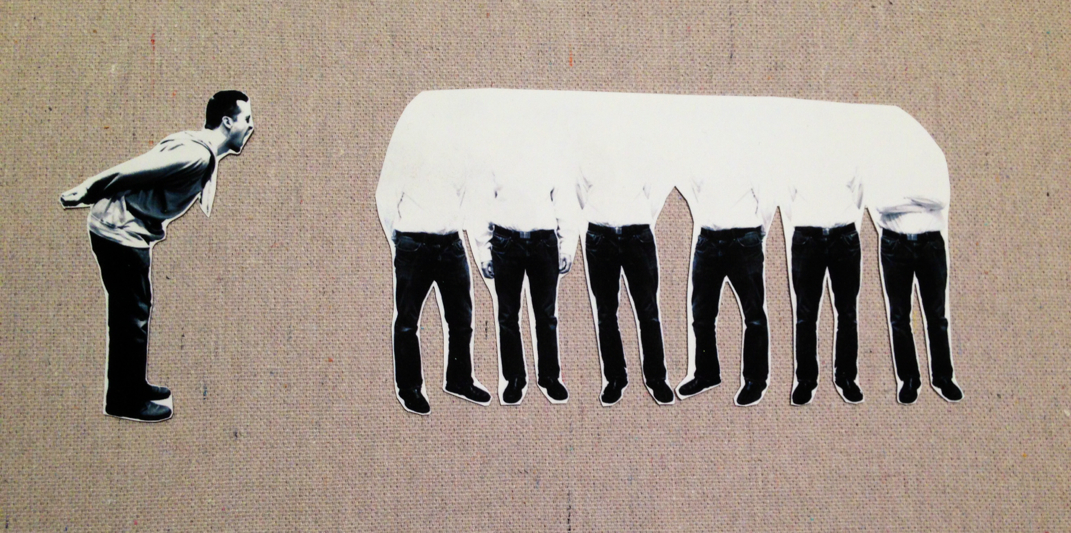
 RSS Feed
RSS Feed
